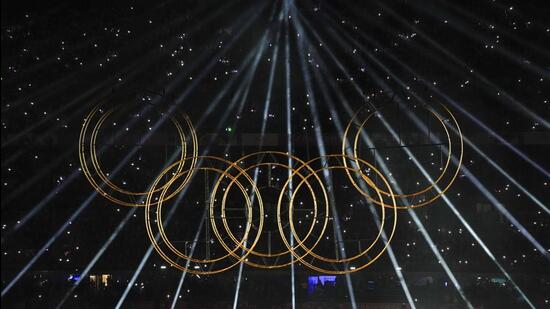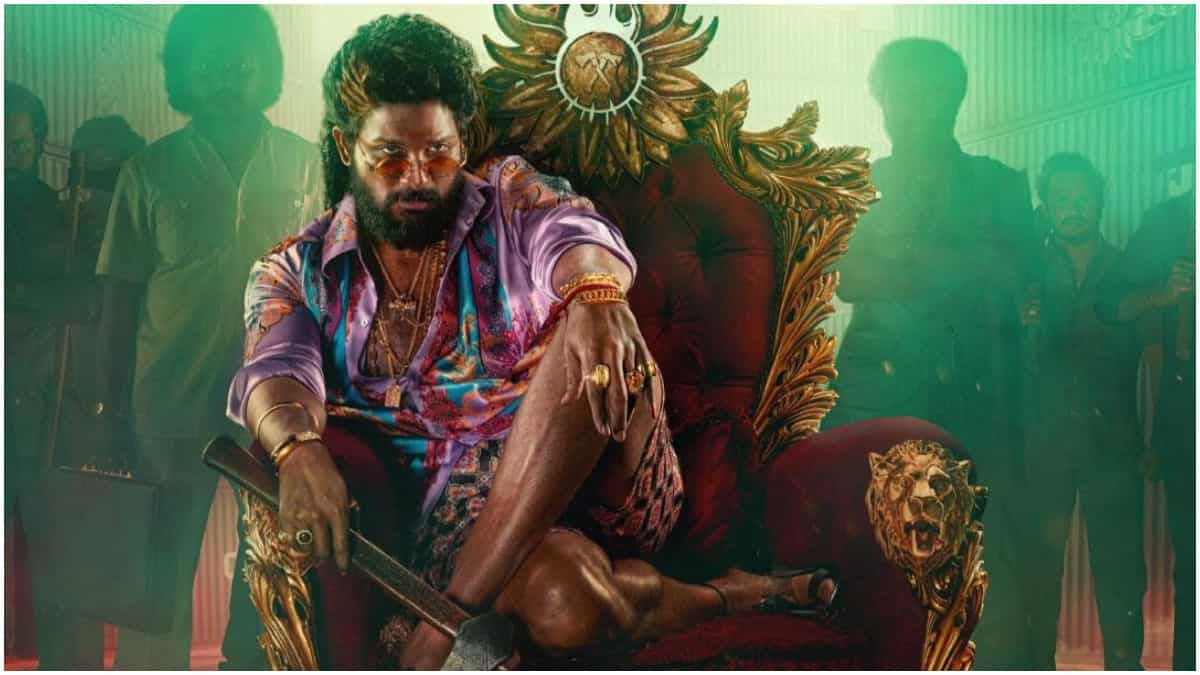
Time for India to focus on methods over medals
4 months ago | 35 Views
New Delhi: If young shooter Manu Bhaker’s medals at the Paris Olympics made amends for her Tokyo disappointment and spread good cheer in India early on, Neeraj Chopra’s silver medal at the end of the Paris Olympics was a fresh stamp on an amazing consistency at global level since his breakout win at the 2016 world U-20 championships.
In between, India won only four bronze medals, leaving every stakeholder in a nation of 1.4 billion either agonising till those few podium places were assured, or wringing their hands in some despair. Arguing that the six fourth place finishes was a sign of improvement and future hope will wash.
The post-Games analysis is invariably dominated every time by discussions on the failure to win medals. But the time has come for the main stakeholders, especially the government which invests heavily, to scrutinise the methods available in the country to ensure excellence in various sports.
A pathway and system needs to be in place. The small margins that made the difference between winning a medal and finishing out of it in Paris showed that athletes are not just the world’s best but also capable of delivering under the pressure of competition, often with no second chance available.
Splashing the cash won’t be enough until an environment to provide young aspirants with the expertise and pathway, which is required even before they come into the junior ranks at national level.
What does it take to build a system that can beat the best in the world? Rohan Taylor, head coach of Australia’s national swimming squad, explained in an interview with HT.
“We have a relationship from clubs and states all the way through. You start swimming at your local club, then state championships, then state talent leagues. Then if they swim faster, Swimming Australia comes in and brings them into what we call national event camps.”
It’s not just about picking out talent as a whole. They seek stroke-specific youngsters. “We look for breaststrokers, backstrokers and then bring them in and hold purposeful stroke camps. The idea is to find talent early, get them into our system, educate them and their coaches,” said Taylor.
The focus is on girls around the age of 13-14 and boys at the age of 14-15. The Aussies don’t go rigid and deep too early, but Taylor said the one early trait indicator they look for is “competitive IQ”.
“Their ability to get on to the blocks and swim fast and say, ‘let’s get on the medal dais’. Because you need to be competitively intelligent around racing,” Taylor said. “You also see someone with good, natural feel of the water. And then we start influencing their technical and training development and look at their physiological markers.”
This, apart from the chance of finding “that one diamond in the rough.” This is the kind of rigour that helps produce world beaters every World Championships and Olympics.
Every post-Olympics discussions include the country’s “lack of sporting culture”, an all-compassing explanation to why things are the way they are.
India did salvage their presence in wrestling with Aman Sehrawat’s bronze medal, but the manner in which Vinesh Phogat’s hopes of winning at least a silver went up in smoke after her weight management was poorly handled was embarrassing for the contingent and country. Weight cutting is as important as the competition itself in wrestling, boxing and weightlifting. As the curtains came down on the Games, a good four days after the controversy flared up, no one who supervised Vinesh’s efforts to cut weight has owned responsibility.
The boxers returned without a medal, but the federation should take blame for the coaching muddle in the build-up, and national head coach Bernard Dunne’s resignation, in March, didn’t help address the issue. Boxing was also a case of how pulls and pressures from within hurting the athletes and leading to poor returns poor for the money spent.
Many federations run national camps and arrange exposure trips for elite athletes but that alone is not enough. Two examples are talented young long jumpers Jeswin Aldrin and Shaili Singh who have struggled since last year.
Aldrin’s national record, set at home, is a world class 8.42m, but he finished eighth in the Hangzhou Asian Games final last year. At Paris, he cleared 7.61m, ending 13th in qualification to be eliminated. Shaili, the former world junior silver medallist, also didn’t medal in the Asian Games and could not qualify for the Olympics.
Shaili has from an early stage trained under Robert Booby George at the Bengaluru academy run by him and wife Anju, whose national long jump record still stands. Aldrin trains at JSW’s Bellary academy. In a different set-up, both athletes could have shifted to another coach, push themselves and see if it leads to a reset. The Indian environment doesn’t have such options or encourage it.
The Indian men’s hockey team showed what it takes to even get to stand on the lowest rung of the podium, top-notch fitness, tactical discipline, skills and inspired performances taking it to bronze. Players waiting in the wings to get into the India squad also is a healthy pointer.
While LA 2028 is the next big target, India will need systems that foster the culture of producing champions to make bidding for the 2036 Olympics meaningful.
#




















